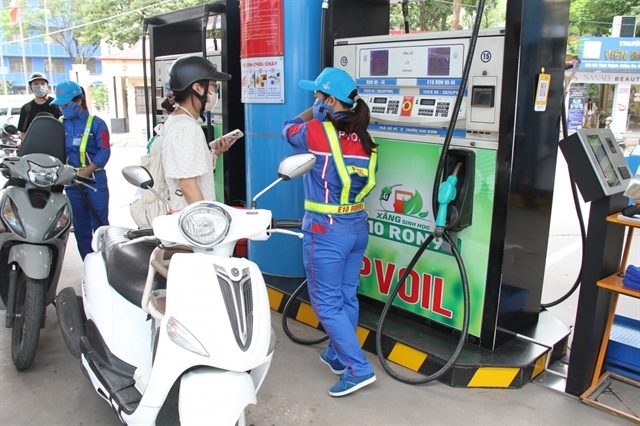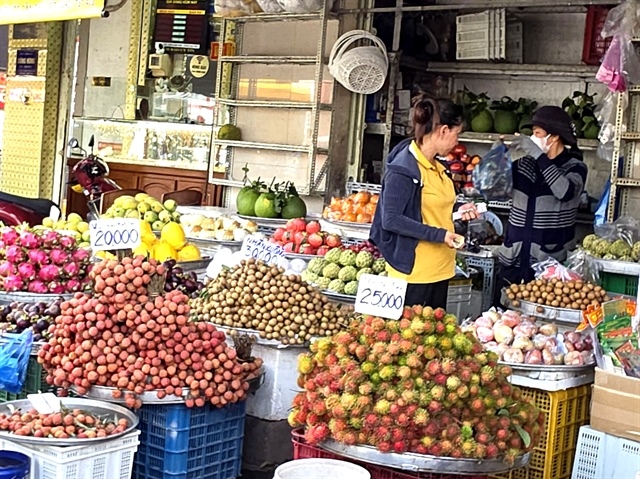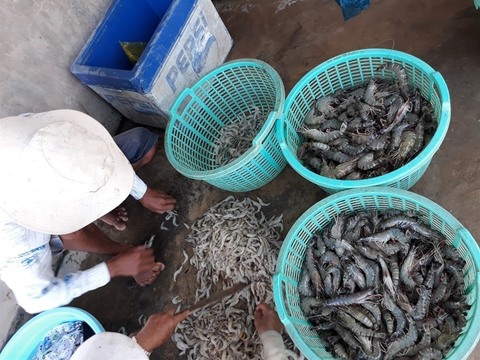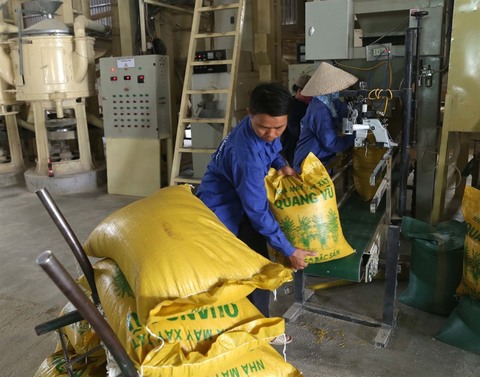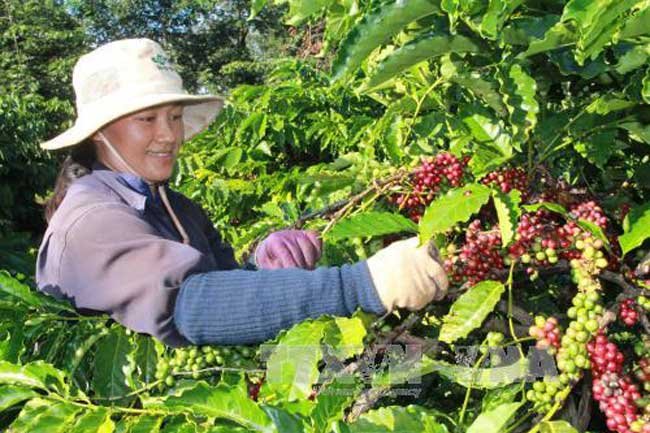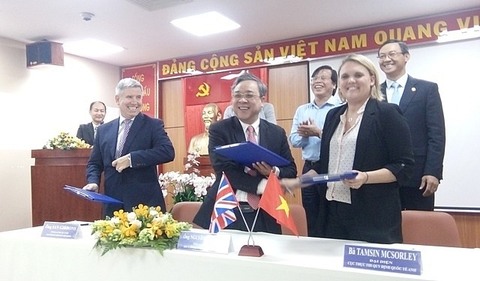Luc Ngan litchi to be granted GI certificate in Japan
Luc Ngan litchi to be granted GI certificate in Japan
Litchis grown in Luc Ngan district in the northern province of Bac Giang might be granted a Geographical Indication (GI) certificate in September this year in Japan, becoming the first product in the province to obtain the GI overseas, said Ngo Chi Vinh, deputy director of the provincial Department of Science and Technology.
The Luc Ngan litchi is among three Vietnamese products chosen to be registered for GI certification in Japan under an agreement implemented in 14 months from July 2018 to September this year between the National Office of Intellectual Property of Vietnam at the Ministry of Science and Technology and the Food Industry Affairs Bureau at the Japanese Ministry of Agriculture, Forestry and Fisheries.
To register for the protection of GI in Japan, applicants are required to submit documents proving characteristics, places and methods of production and legal status of the groups or individuals applying for the certification.
Once established as a registered GI product, more opportunities will open up for the litchis to be shipped to Japan, a demanding market, as well as international markets, Vinh said.
Meanwhile, litchi farming households and processing facilities with GI certificates registered in Japan will be able to increase sales, improve incomes, and contribute to their regional socioeconomic growth. This in turn will help build the reputation of Bac Giang’s specialty products in particular and of Vietnam as a whole in foreign markets.
The Luc Ngan litchi has been registered with the Trademark and GI in eight countries and exported to over 30 countries, including the United States, Singapore, South Korea and Australia.
Regarding litchi cultivation, the total litchi farming land in the province’s Luc Ngan District exceeds 15,000 hectares, with last year’s total yield reaching over 140,000 tons and worth an estimated VND2.2 trillion. Of this, the volume of litchis grown in line with VietGAP standards covers more than 11,000 hectares, generating some 110,000 tons.


